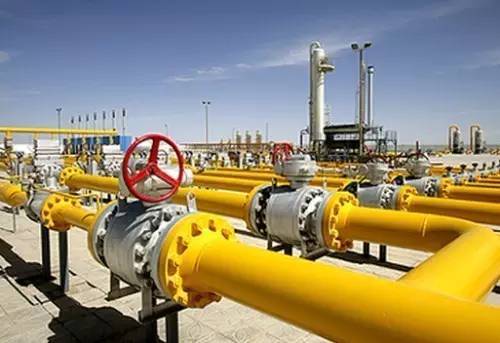Big Love from West to East
3 min readViewing the scale, speed and quality of economic development, Xinjiang is still a “younger brother” of those inland provinces and cities, however, economic and social development of the “big brothers” at the eastern coast is restricted by the resource bottleneck; therefore it is the bounden duty of Xinjiang to support the inland construction with its unique advantages in resources.
West-East natural gas transmission There are two large dragons like pipelines stretching over from Xinjiang to Shanghai on China’s economic territory, which are the first and second pipeline projects of West-East natural gas transmission.

The noisy construction noise at Lunnan Oil Base of the Taklamakan desert hinterland incessantly lingers on. The pipeline of 4,200 km extends from here to Shanghai, passing the Gobi desert, the Loess Plateau, the Taihang Mountains, crossing the Yellow River and Yangtze River, and passing through nine provinces and autonomous regions.The crisscrossing pipelines transport the natural gas in Xinjiang to every corner of the motherland continuously.
The west-east national gas transmission project is the pipeline project with the largest pipe diameter, the thickest pipe wall, the highest pressure rating, and the biggest technical difficulty, creating the world’s high-speed in the pipeline construction history. For this project brought together the wisdom of more than 40 professionally designed personnel, and nearly 1000 researchers, and held 6 computer software copyrights, 14 patents and 34 utility model patents.
On December 30, 2004, this project started commercial operation. In 2006, gas demand exceeds supply, so the second pipeline of introducing the overseas natural gas resource emerged to meet the demand. The project started at Horgos Port to Guangzhou in the south, passing through 14 provinces and autonomous regions, with the main line length being 4,895 km, and the total pipeline length of over 9,000 km.
What does the project bring to Xinjiang
Among the huge investment of the west-east national gas transmission project, about 34 billion Yuan was invested in the western region, of which 20 billion Yuan was invested in Xinjiang. The project has created a huge consumer market, added a large number of jobs, and increased the annual revenue in Xinjiang of over 1 billion Yuan. Meanwhile the project has also brought more “good fortune” for the masses of all nationalities in southern Xinjiang. The project of”Gasification Southern Xinjiang”has been implemented for more than a decade, and it has transported more than 11 billion cubic meters of natural gas to the 450,000 residents in southern Xinjiang and large and medium enterprises accumulatively, which is equivalent to annual savings of 2.6 million tons of standard coal, and the carbon dioxide emission reduction of 5 million tons.
What does the project bring to the east
Since the operation of the first-line and second-line of the project, more than 100 cities, 3,000 large and medium enterprise, and nearly 400 million people have benefited from it This “energy artery”, has not only connected the western resources and eastern markets, but also quietly changed China’s energy consumption structure, for more than 300 million people have used clean energy. By the end of September 2012, this project has been implemented for eight years. As the main gas source, Tarim Oilfield has accumulatively provided the gas of 102.4 billion cubic meters to the east, which is equivalent to the replacement of 128 million tons of standard coal, and harmful substances emission reduction of over 6 million tons. On October 16, 2012, the third-line project was started.








